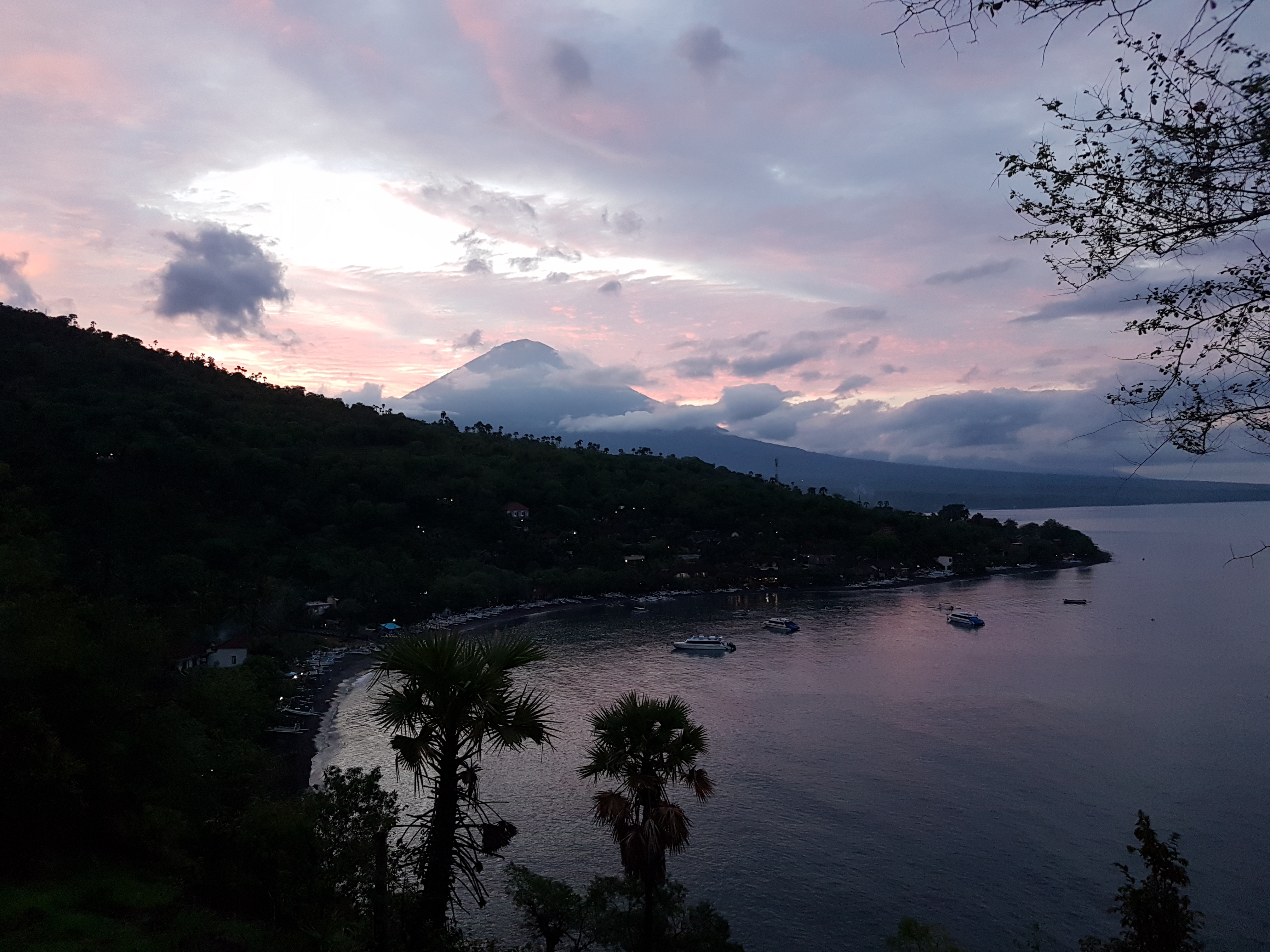
EXPERT REACTION: Mt Agung continues to erupt
Eruptions from Bali's Mount Agung have sent volcanic ash and steam kilometres into the skies above the island. Authorities have closed Denpasar Airport, extended the evacuation zone and raised the alert to level 4, the highest level.
Organisation/s: Australian Science Media Centre
Attachments:
Note: Not all attachments are visible to the general public
News for:
Australia
International
NSW
VIC
ACT
Media contact details for this story are only visible to registered journalists.


Expert Reaction
These comments have been collated by the Science Media Centre to provide a variety of expert perspectives on this issue. Feel free to use these quotes in your stories. Views expressed are the personal opinions of the experts named. They do not represent the views of the SMC or any other organisation unless specifically stated.